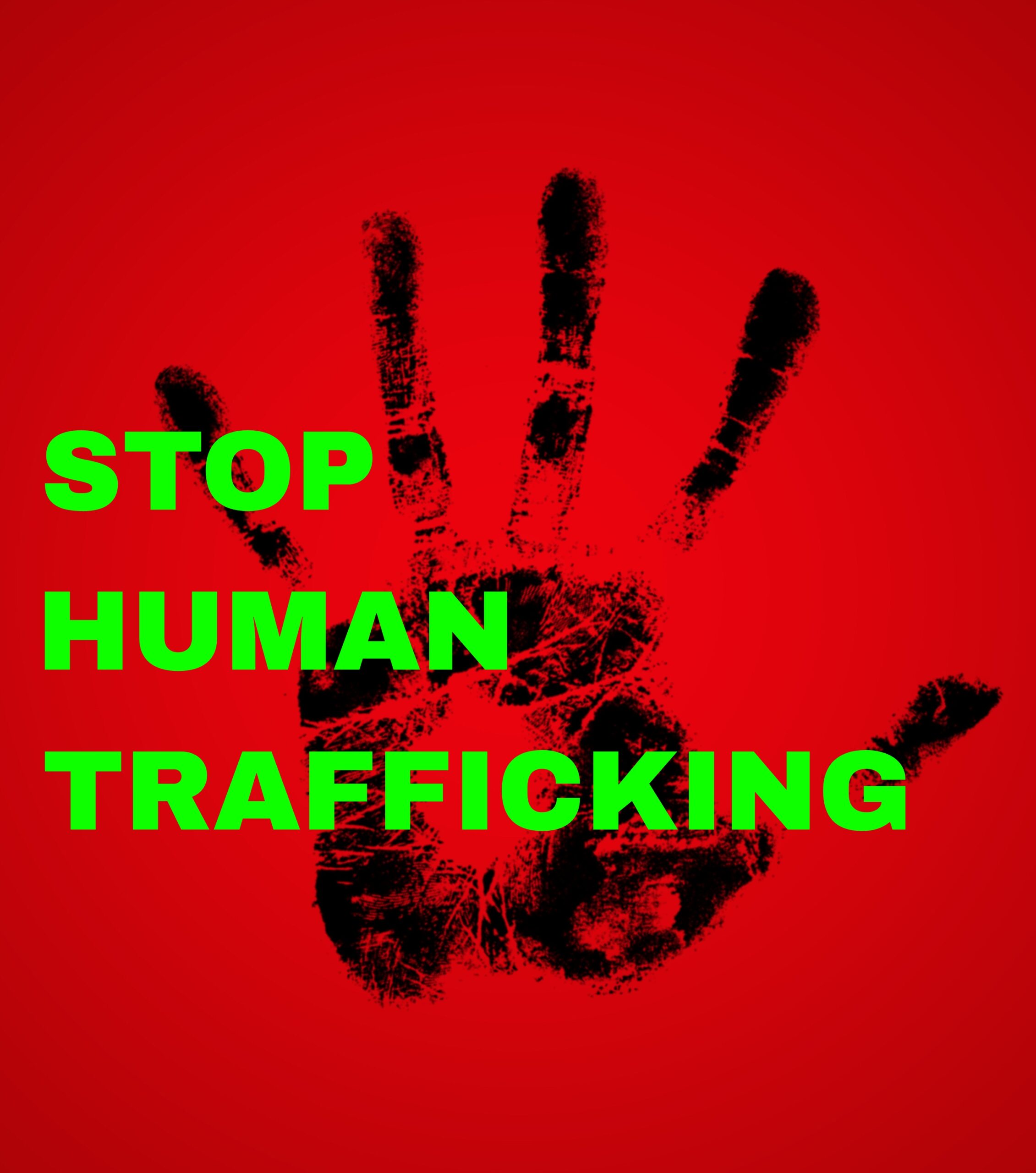A Growing Crisis at the Intersection of Exploitation and Crime
Human trafficking remains one of the fastest-growing and most insidious criminal enterprises in North America, with thousands of women and girls exploited in forced prostitution rings that span the United States and Canada. Law enforcement agencies at the federal, state, and local levels have declared human trafficking a top priority, with cross-jurisdictional task forces, legislative reforms, and victim-centered intervention strategies emerging as key tools in the fight against this modern form of slavery.
This article examines the legal landscape surrounding human trafficking, the profile of traffickers and their operations, and the major strides being made by law enforcement agencies to dismantle trafficking networks and protect vulnerable individuals.
The Scope of the Problem: Human Trafficking in Numbers
According to the U.S. Department of State’s Trafficking in Persons Report (2024), the majority of trafficking cases in the U.S. involve sexual exploitation, often targeting minors and young women, many of whom are coerced through violence, manipulation, or financial dependence.
Key statistics include:
- An estimated 50,000 people are trafficked into the U.S. each year, many for sexual exploitation
- Over 70% of victims in reported cases are women and girls
- Traffickers often operate across state and national borders, using online platforms to recruit and exploit victims
- The average age of entry into forced prostitution is between 12 and 16 years old
Trafficking operations often mirror the structure of organized crime networks, with recruiters, enforcers, transporters, and digital handlers working together to profit from human exploitation.
The Legal Framework: National and State-Level Laws
At the federal level, the cornerstone of anti-trafficking law in the U.S. is the Trafficking Victims Protection Act (TVPA), originally enacted in 2000 and reauthorized several times since. It provides criminal penalties for traffickers, offers protections and immigration relief for victims, and allocates funding for enforcement and support services.
Key provisions include:
- Severe penalties: Up to life imprisonment for trafficking involving minors or aggravating factors
- Victim protections, including T visas and witness protection for survivors
- Asset forfeiture and restitution to compensate victims
- Authorization for the Department of Justice, FBI, and Homeland Security Investigations (HSI) to lead investigations and task forces
At the state level, all 50 U.S. states have enacted their own anti-trafficking statutes, with many states expanding definitions, increasing penalties, and mandating victim services. For example:
- California leads in prosecutions under its Penal Code §236.1
- Florida, Texas, and New York have dedicated statewide human trafficking task forces
- Canada has criminalized trafficking under Sections 279.01–279.04 of the Criminal Code, and provinces like Ontario and British Columbia have launched aggressive enforcement and public education campaigns
Trafficker Profiles: Patterns and Tactics
Law enforcement agencies have identified recurring tactics and behavioral patterns among traffickers, including:
- Targeting vulnerable populations, including runaways, foster children, and undocumented immigrants
- Using manipulation or false promises (e.g., modeling jobs, romantic relationships) to lure victims
- Coercive control, such as threats, drug dependency, or debt bondage
- Digital exploitation through social media platforms, escort websites, and encrypted messaging apps
The traffickers, often working as part of criminal enterprises, move victims from city to city to avoid detection—a method known as “circuit trafficking.”
Law Enforcement Response: Collaboration, Training, and Technology
Federal Agencies
The FBI’s Human Trafficking Program, Homeland Security’s Blue Campaign, and the Department of Justice’s Office for Victims of Crime all play central roles in investigating and prosecuting traffickers, as well as supporting survivors.
These agencies have developed multi-agency task forces that bring together local police, immigration authorities, and social services in coordinated enforcement actions.
State and Local Initiatives
State and local law enforcement departments are increasingly:
- Creating specialized human trafficking units
- Embedding victim advocates and forensic interviewers into investigations
- Using AI-driven surveillance tools to monitor online recruitment patterns
- Partnering with nonprofits and survivor-led organizations for outreach and recovery support
Notable examples include Operation Cross Country, an annual FBI-led initiative that has rescued hundreds of child victims since its inception, and Canada’s National Strategy to Combat Human Trafficking, which funds cross-border coordination and First Nations outreach.
Challenges: Underreporting and Legal Barriers
Despite major advances, significant challenges persist:
- Underreporting remains a critical issue, as many victims fear retaliation or lack legal status
- Proving coercion or control in court can be difficult, especially when victims are manipulated into compliance
- Some survivors are still misclassified as offenders, especially in jurisdictions lacking trauma-informed law enforcement training
Advocates are calling for continued investment in trauma recovery services, legal aid, and long-term reintegration support for survivors.
Conclusion: A Call for Sustained Legal and Social Commitment
The fight against human trafficking requires a multi-dimensional legal and policy response. The success of recent law enforcement efforts across North America demonstrates what is possible when agencies, legislators, and communities work together. But the persistence of trafficking networks underscores the need for ongoing vigilance, resources, and legal innovation.
As jurisdictions refine their strategies, the emphasis must remain on centering the voices of survivors, holding traffickers accountable, and building a system where exploitation is no longer profitable or permissible.






